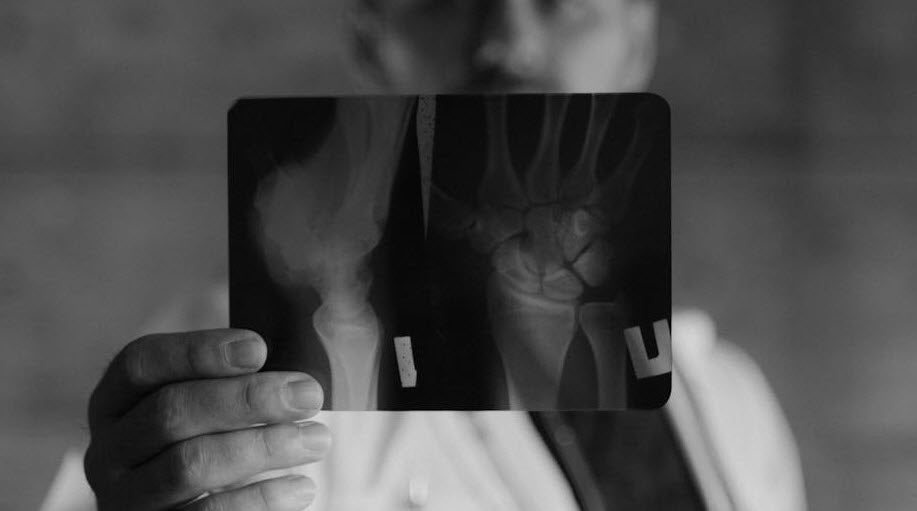
Strength Training for Bone Health: Preventing Osteoporosis After 50
As we age, maintaining strong and healthy bones becomes increasingly important. Osteoporosis, a condition where bones become weak and brittle, affects millions of people over 50. Fortunately, strength training is one of the most effective ways to combat bone loss and even increase bone density. If you’re over 50 and looking to protect your bones, incorporating strength training into your fitness routine can be a game-changer. Let’s dive into how strength training can help prevent osteoporosis and what exercises are best for building bone health.
Why Strength Training Helps Bone Health
Bones, like muscles, respond to stress. When you engage in weight-bearing exercises or resistance training, your bones adapt by becoming denser and stronger. This process is crucial in preventing or slowing the progression of osteoporosis. Here’s how strength training specifically helps bone health:
1. Increased Bone Density: Strength training puts controlled stress on your bones, prompting them to strengthen. Over time, this helps increase bone density, reducing the risk of fractures and breaks.
2. Improved Balance and Coordination: Regular strength training improves muscle strength, balance, and coordination, which reduces the likelihood of falls—a major cause of fractures in older adults.
3. Enhanced Muscle Mass: As we age, we naturally lose muscle mass, which can contribute to frailty. Strength training not only builds muscle but also supports the joints and bones, helping to prevent injury.Best Strength Training Exercises for Bone Health
If you’re new to strength training, it’s important to start slow and choose exercises that target major muscle groups and bones. Here are some of the best exercises for promoting bone health:
1. Squats: Squats are excellent for strengthening your hips, thighs, and lower back—all critical areas for bone support. Start with bodyweight squats and gradually add resistance using dumbbells or resistance bands.
2. Deadlifts: Deadlifts engage multiple muscles, including the hamstrings, glutes, lower back, and core. This exercise is particularly effective in strengthening the spine and hips, both of which are prone to osteoporosis-related fractures.
3. Lunges: Lunges target your hips, thighs, and knees, helping to improve balance and strengthen the bones in the lower body. You can add weights or resistance bands to increase the challenge.
4. Push-ups: A great bodyweight exercise for upper body strength, push-ups strengthen the bones in your arms, shoulders, and chest. If standard push-ups are too challenging, start with wall or incline push-ups.
5. Weighted Step-ups: Using a sturdy platform or step, step-ups strengthen your legs and hips. Holding weights while performing this exercise increases the load on your bones, enhancing bone density.
6. Resistance Band Workouts: Resistance bands provide a safe and effective way to increase muscle strength and bone density. Exercises like banded rows, chest presses, and shoulder presses can be done at home or in the gym.
Frequency and Progression
To effectively build and maintain bone health, aim to engage in strength training 2-3 times per week. Start with lighter weights or bodyweight exercises and gradually increase the resistance as you grow stronger. Make sure to rest between sessions to allow your muscles and bones time to recover.
It’s also important to note that, while strength training is incredibly beneficial, it should be part of a holistic approach to bone health that includes a balanced diet rich in calcium and vitamin D, regular cardiovascular activity, and lifestyle habits like not smoking and limiting alcohol.
Consult a Professional
If you have been diagnosed with osteoporosis or have any existing health conditions, it’s always wise to consult with a healthcare provider or fitness professional before starting a strength training program. They can help tailor exercises to your specific needs and ensure you’re training safely.
Additional Resources and References
1. National Osteoporosis Foundation: A comprehensive resource for understanding osteoporosis and how to manage it through lifestyle choices and medical treatments. www.nof.org
2. International Osteoporosis Foundation: Offers information on bone health, treatment options, and how exercise can prevent osteoporosis. www.osteoporosis.foundation
3. Book: "Strong Women, Strong Bones" by Miriam E. Nelson – A guide that specifically addresses how women over 50 can strengthen their bones through strength training and other healthy habits.
4. Study: Effects of Strength Training on Bone Density – Research published in The Journal of Bone and Mineral Research shows that strength training significantly increases bone density in postmenopausal women and older adults.
5. Apps: Consider using fitness apps like FitBod (my personal favorite) or MyFitnessPal to track your strength training workouts and monitor your progress.Conclusion
Osteoporosis may be a common concern after 50, but it’s not an inevitable part of aging. By incorporating strength training into your routine, you can significantly boost your bone health, improve your balance, and maintain an active, healthy lifestyle well into your golden years. Start slow, be consistent, and watch your bones grow stronger with each workout!
